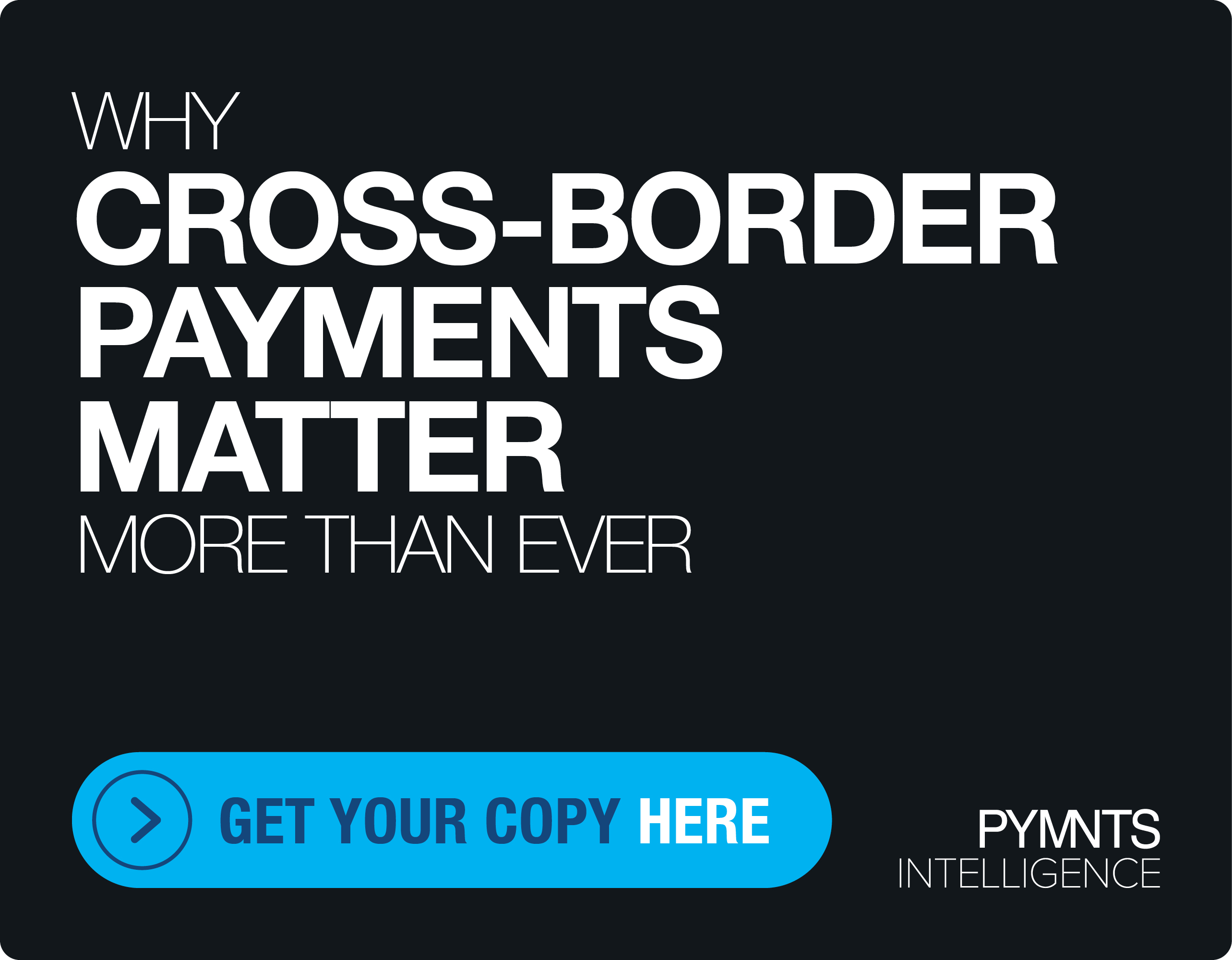Trulioo CEO: Putting Mobile’s “Know” Into “Know Your Customer”

KYC for the digital age is no easy task across billions of consumers. In the latest Beyond the Buzzword, Trulioo CEO Stephen Ufford states that mobile networks can help build a level of trust that hearkens back to the days when commerce was done face to face.
Beyond the buzzword. Beyond the buzz acronym?
KYC is bandied about with abandon in financial circles.
Know Your Customer is the concept, of course, behind that acronym – namely, knowing the person or entity on both sides of the transaction.
But concepts need exploration and explanation, and where there’s friction, there’s amelioration. And some redefinition may be in the works, especially when evolution comes fast and furious.
So just what does it mean to really “know” your customer? In the latest Beyond the Buzzword, Trulioo CEO Stephen Ufford offers a striking contrast between what was then, what is now and what might be still to come, when it comes to KYC.
At its foundation, he said, KYC deals with regulated use cases, transactions, entities, people or accounts, for the primary purpose of trying to keep the bad guys at bay, keep things like money laundering in check and fight terrorism.
“And then within the business, in addition to trying to make the world a better place [through] regulated transactions, KYC is all about avoiding fines and penalties for not complying with those regulations,” said Ufford.
It’s also a term that is interchangeable between human beings and legal entities, but for the most part – at least prior to the internet facilitating online account opening and transactions – KYC was really done in person, Ufford emphasized.
Not all that long ago, the knowing was all in the face-to-face meeting, in the identification stuffed into pockets and wallets. When it came to KYC, people and businesses transacted over the counter, literally, and drivers’ licenses and Social Security cards were shorthand for “this is me.” And then, maybe, familiarity reigned – so much so that at the local bank branch, for instance, you were known, and trusted, on sight.
Not so in today’s world, as Ufford explained. Commerce is on 24.7.365, as they say, and the internet and mobile age means that you can do business anywhere, and with speed.
He pointed to that old New Yorker cartoon from decades ago, with canines at the mouse and screen, noting that “on the internet, no one knows you’re a dog.”
Which means, Ufford said, that in the mobile age that marks current daily life, as we bring more and more regulated services online and acquire customers through digital channels like KYC, it only makes sense that would need to be completely rethought. Why? Because what we did in person is obviously much harder to do online … and figuring out how to do that at scale for all seven billion of us?
“Not such an easy task,” Ufford proffered.
Against that daunting task, technology proves useful.
Ufford stated that in the last five years, some trends and technologies have become prevalent. “Data has always been involved in KYC,” he said, “in terms of its large-scale use.”
The types of accessible data are changing, too, with greater access to a range of different points and sources of information. Ufford noted that access itself can be considered an innovation, not just for the typical credit bureaus, but also for governments, enterprises and banks, which are getting involved through open banking initiatives.
“And most recently,” continued Ufford, “mobile carriers, which of course billions of us know and love and have our own relationships with, are now involved in the fight to make KYC better.”
Mobile, then, becomes a powerful tool in offering a holistic view of individuals – with a focus on multiple data points that combine to create a level of trust.
“Many of those billions are in emerging markets, and still don’t have identity documents from their governments,” Ufford told Webster.
“So we are talking about a whole generation and a whole population of people that is still excluded in the offline world when it comes to identity, but are now being included in the online world – because that population completely skipped over identity documents, PCs and laptops – and are now living their lives on a mobile device.”
Among the innovations driven by documentation and new conduits through which to convey it – especially through mobile means – Ufford cited computer vision or document verification and using the camera on a phone laptop PC as an AI verification tool to replicate what was once only done face-to-face.
But despite strides in technology, in identity capture and any number of other initiatives, Ufford cautioned that “the number one misconception is that there will be or can be a single kind of silver bullet solution that we’re going to eventually invent that will make this problem a thing of the past.”
The challenge lies in the fact that cultures and societies are not uniform, nor are the ways far-flung individuals use the internet.
“So when we try and apply a silver bullet solution – let’s say computer vision and verification – we’re forgetting that in some countries, the idea of holding up an idea or taking a picture of yourself in order to open a bank account is very hard to live with, not only from a user experience standpoint but also a privacy standpoint,” said Ufford.
That was the genesis of Trulioo’s Global Gateway, Ufford said, which aggregates 400 different kinds of data sources, providers and solutions into one that provides scale across billions of people who wield mobile devices.
“About five years ago, we all talked about Facebook having the largest identity platform in the world. I think that was true until this initiative, with the mobile carriers kind of popping up – and now we have 4.5 billion people on this new mobile connect platform.”
“Ultimately, I think what we all want online is what we want offline – and that’s choice and control,” he told Webster.
Still, Ufford noted, a multi-faceted approach is necessary to truly, well, KYC across several layers of data points. As he told Webster, in the offline world we use government IDs, biometrics and sometimes even phone numbers.
As long as human beings are as diverse as they are, there will never be a single way to provide a tool that ensures trust for everyone, he surmised.
But “if we look at what we do in the online world, the longer we know someone, the more interactions we have with them, the more we trust them and the more we know them. So it only makes sense that that model is going to work,” he said.
